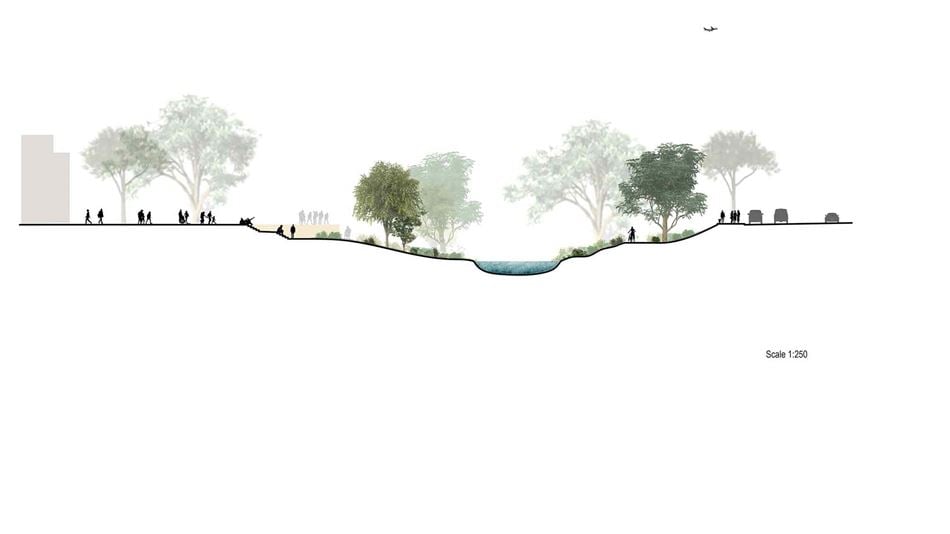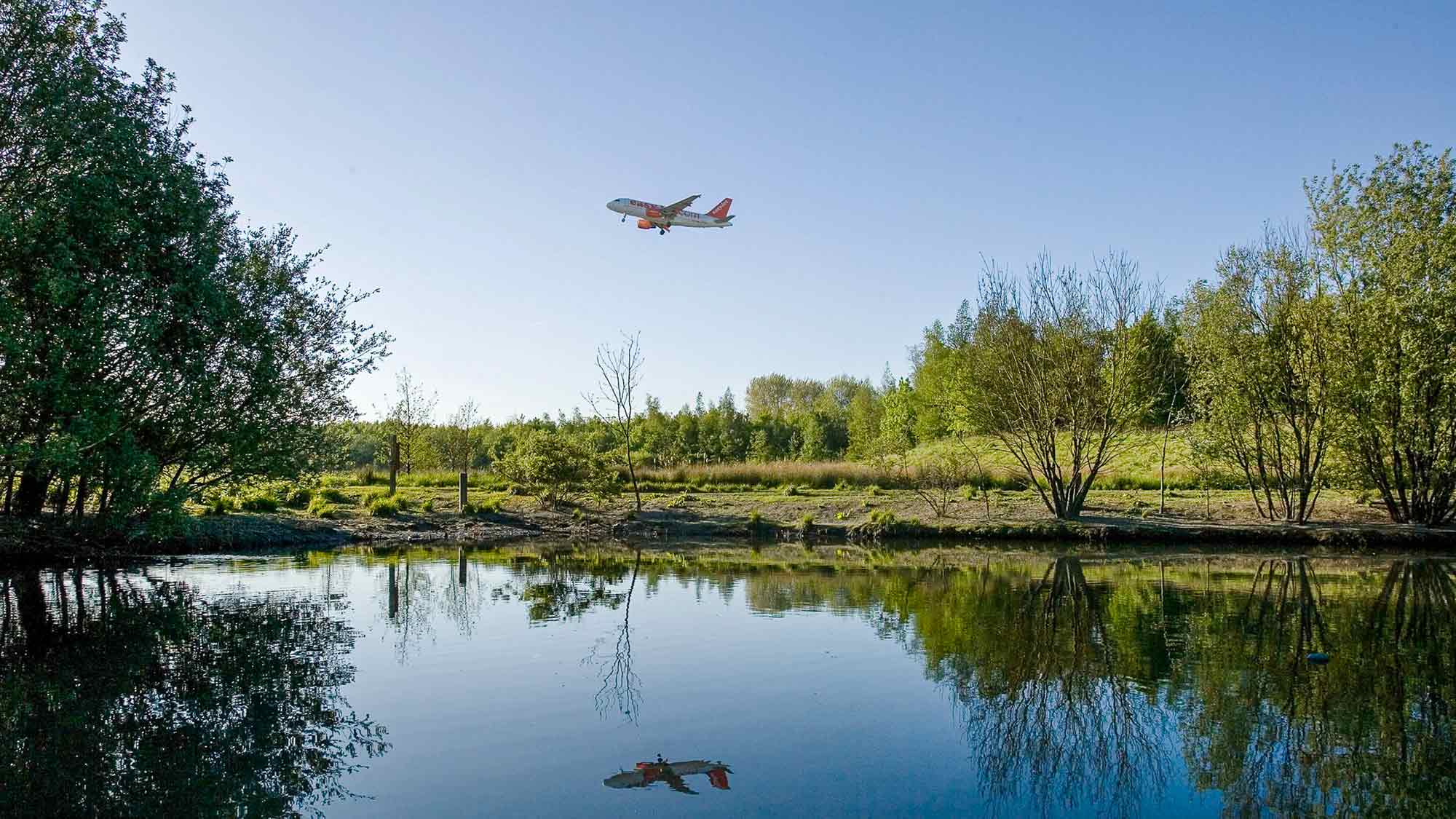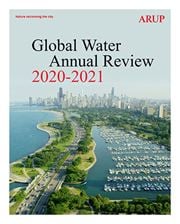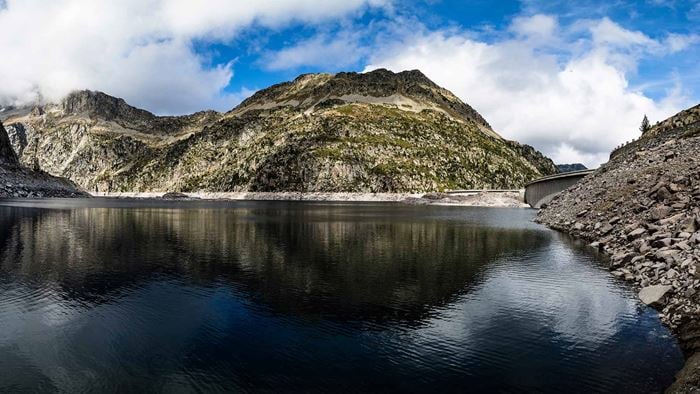A sustainable approach to development is needed in every city across the world. Making water an integral part of our landscape – by protecting, appreciating, conserving and reusing it – is essential to any city’s long-term prosperity.
It is for those reasons that the team at Arup is called upon to plan water management for cities in different parts of the world – cities with their own unique make-up, infrastructure and governance. In each case we use a unique approach and leading or emergent thinking to development on a city scale, with sustainable approaches through the consideration of water at the heart of our work. Leading techniques in modelling and digital solutions are used alongside true collaboration with multiple stakeholders at various levels of government, sometimes within the same project.
Intregrated water management
In Australia, we worked alongside other partners with Sydney Water, the city’s water utility, to help plan the development of four new initial precincts around the new Western Sydney Airport. Working on behalf of the NSW Department of Industry and Environment, it was crucial in this project to firstly appreciate the restorative approaches which have been practiced over tens of thousands of years by Aboriginal people in Western Sydney.
The waterways are unique and highly vulnerable to the impacts of urbanisation. Planning for major growth while preserving environmental values is achieved through integrated water cycle management. This approach applies whole-system thinking to efficiently achieve water security, public health, environmental and urban amenity outcomes.
In partnership with Sydney Water and Aurecon, we devised draft plans for Integrated Water Cycle and Riparian Management for the Aerotropolis Initial Precincts. The aim was to establish a strategic vision for the development, covering 36,000 hectares of land, exploring how stormwater, wastewater, recycled water as well as trunk drainage and riparian zones should be managed.

These plans were developed in coordination with the planning authority’s urban planners and flooding consultants, and included extensive engagement with landowners, consultation with Councils and endorsement from various parts of NSW State Government. We operated within a complex environment of external stakeholder relationships, which included government agencies, private interests and many more.
Field surveys were carried out to scientifically assess the environmental and ecological value in existing waterways and water bodies (farm dams), whilst hydrologic assessments including stormwater, water quality and water balance modelling helped us gain a full understanding of where water enters the catchment, where it goes and how it can be managed and recycled.
Our templated approach included the development of 30 exemplar models to cover the range of anticipated operating conditions, applying these to size more than 300 basins across the study area.
The Aerotropolis Master Plan, developed by the planning authority, contains principles for productivity, sustainability, liveability and optimal infrastructure provision under the overarching principle of “Recognise Country” which is to “Acknowledge Traditional Custodians and provide opportunities to Connect with Country, Design for Country and Care for Country.” These planning principles were used to inform the landscape integration of proposed stormwater management infrastructure.
The proposed Integrated Water Management (IWM) initiatives for Aerotropolis have been designed to integrate into the landscape, extend and strengthen the green and blue grid, as well as harmonise with other infrastructure proposed for the area. As an example, water bodies will be positioned to maximise cooling and microclimate, with viewpoints and access promoting connection to the landscape.
In consultation with the planning authority, the project has set out general water management objectives, performance criteria for development to preserve and enhance the region’s waterways and riparian corridors, and the design approach to both infrastructure and water cycle management.
An Interim Report went on public exhibition through February 2021, with a Final Report to be delivered mid-2021.
 ;
;


